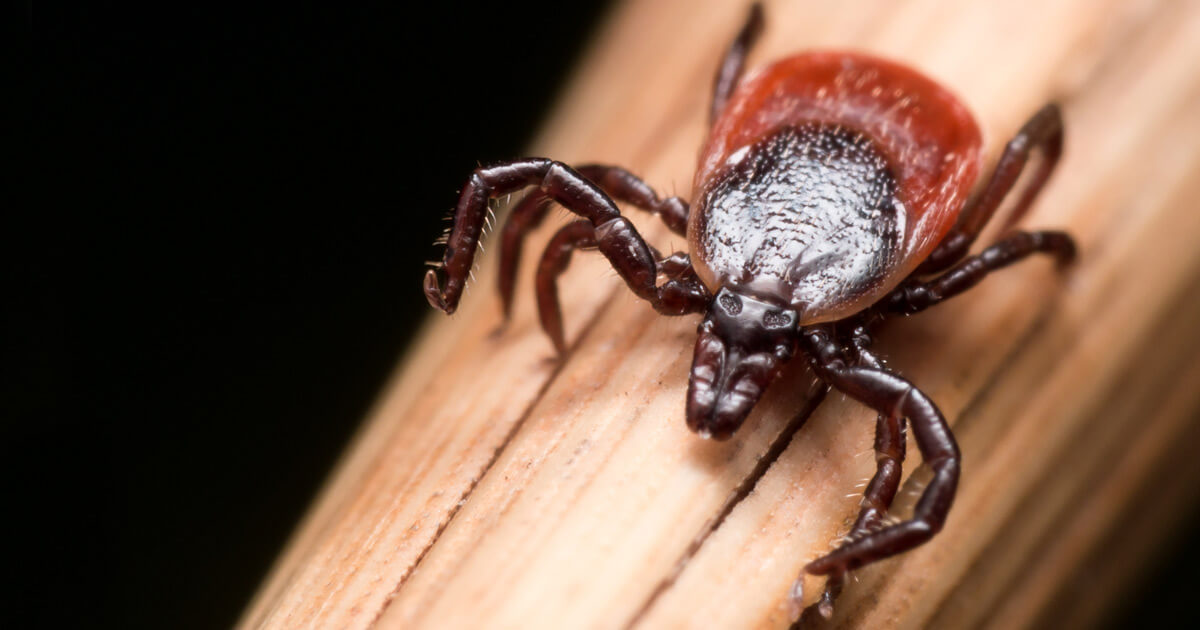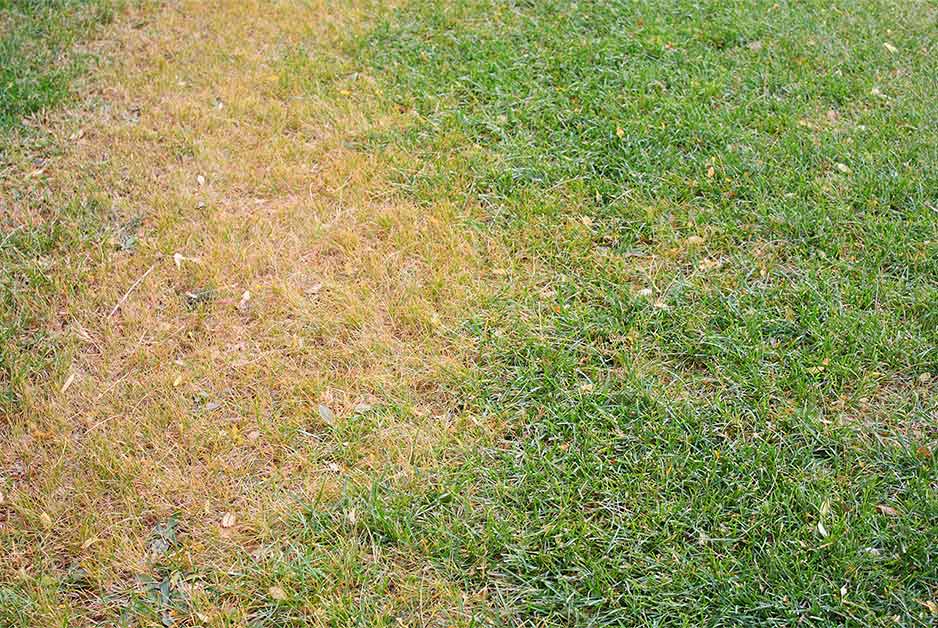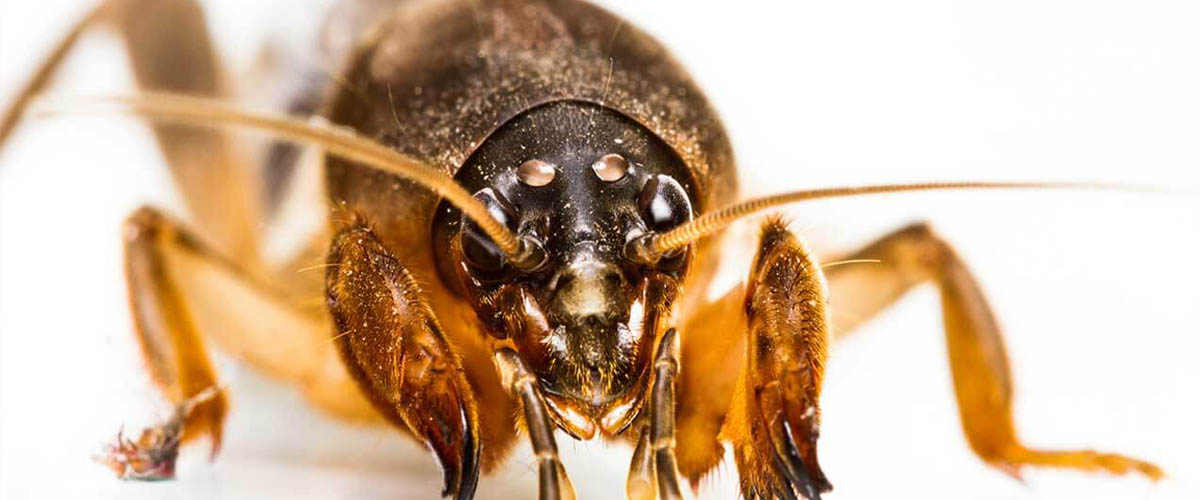Pest Alert: Ticks and Lyme Disease
Lyme disease was first recognized as a distinct medical condition in 1975, when several cases of this tick-transmitted disease arose near Lyme, Connecticut. Since then, the range of Lyme disease-transmitting ticks has spread steadily. In 2015, these pests were found in 43 states and nearly 50 percent of all U.S. counties — an increase of almost 45 percent from 1998.1 In that same period, reported U.S. cases of Lyme disease more than tripled.2 It is now the most common disease transmitted by ticks, fleas, mosquitoes and similar creatures.3
UNDERSTANDING TICKS BEHIND LYME DISEASE
Blacklegged ticks, often called deer ticks, are the primary tick behind Lyme disease transmissions. Known by the scientific name Ixodes scapularis, these ticks are prevalent throughout the eastern U.S. Though common in the Southeast, blacklegged ticks in the Northeast, Upper Midwest and Mid-Atlantic regions are more likely to be infected with Lyme disease. A close relative known as the western blacklegged tick (Ixodes pacificus) transmits Lyme disease on the West Coast, with the heaviest concentration reported in Northern California.4
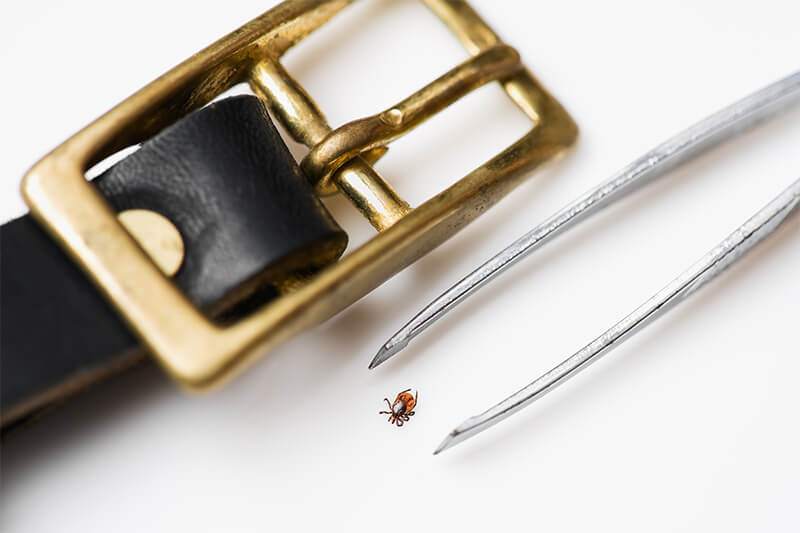
Adult blacklegged ticks are relatively small, but easily seen on light surfaces.
Blacklegged ticks have a two-year life cycle. They hatch from eggs, and then pass through three stages: larvae, nymphs and adults. Appearances are similar at each stage, but they vary in size. Adults are apple-seed size, nymphs are small as a pin head or poppy seed, and larvae are even smaller. All three stages require a blood meal to survive. Males don't change much when feeding, but adult females increase 80 to 120 times in body weight. Then they lay a single batch of 2,000 to 3,000 eggs, and start the cycle over again.3
Larvae feed on small animals such as mice and chipmunks, but nymphs and adults feed on larger hosts, including domestic pets, humans and deer. Blacklegged ticks don't hibernate. They stay active year-round, but their activity increases from April through September. Nymphs are responsible for 98 percent of all human tick bites. They are most active from May through July. Tick-human encounters and Lyme disease transmissions peak at the same time.3
LIMITING NEW TICKS IN YOUR LANDSCAPE
Some Lyme disease cases relate to travel to and from high-risk areas, but an estimated 75 percent of all transmissions occur right at home. Most ticks are picked up during normal outdoor activities, such as entertaining, gardening or playing with children or pets.3 Changes to your home landscape and its maintenance can help reduce the likelihood of blacklegged ticks frequenting your backyard.
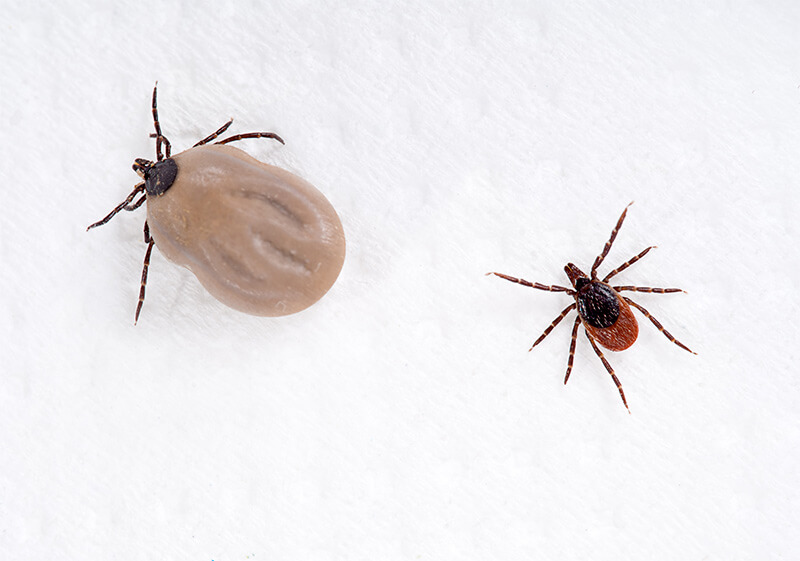
Female blacklegged ticks undergo dramatic changes when engorged from feeding.
The following expert-recommended tasks can help protect your home and family:
1. Discourage deer from entering your yard. Deer are the main hosts for adult blacklegged ticks. The likelihood of ticks and Lyme disease transmission increases the closer deer are to your home. Make your yard less inviting to deer by growing deer-resistant plants and using deer repellents or fencing to keep deer out.
2. Mow regularly and keep your property free of tall grass, weeds and leaf litter. Ticks don't fly, jump or drop from trees.3 They hitch a ride on your legs as you brush against tall grass and weeds or low shrubs, and then crawl upward. Good lawn care eliminates hiding spots and also discourages small rodents that host tick larvae.
3. Maximize sunlight and air circulation in outdoor areas. Ticks flourish in shady, humid areas. Prune trees and shrubs to allow more light and air flow into areas you frequently use for outdoor fun.
4. Create a 3-foot barrier between your lawn and wooded areas. Ticks concentrate in woods and unmaintained areas between woods and open lawns. Barriers of gravel, wood mulch or hardscaping, such as stone, discourage their transition into open areas.
5. Separate recreational areas from woodland “tick zones." Lawn expanses of at least 9 feet help shield patios, play areas and garden spots from tick activity. Eighty-two percent of ticks close to your home stay within 9 feet of your lawn's outer perimeter.3

Lyme disease transmissions typically include distinctive expanding rashes.
TREATING YOUR LANDSCAPE FOR LYME-TRANSMITTING TICKS
Changes in landscape maintenance help reduce chances of Lyme disease-transmitting ticks entering your yard, but eliminating existing ticks calls for an effective control program. Amdro offers several premium products to kill Lyme disease-transmitting ticks and protect your home and family from new infestations:
- Amdro Quick Kill Insect Killer Granules for Home Perimeter kills Lyme disease-transmitting ticks and other pests by contact and creates a protective barrier that continues working for up to three months. This premium formula uses sand, commonly found in professional pest controls, to penetrate into surface materials, such as mulch, and allow active ingredients to work more quickly and more effectively.
- Amdro Quick Kill Lawn Insect Killer Granules is an easy-to-use, broadcast treatment perfect for full-lawn applications. It kills existing ticks as well as other surface and sub-surface pests by contact — and keeps working for up to three months.
- Amdro Quick Kill Insect Killer for Lawn & Landscape Ready To Spray and Amdro Quick Kill Insect Killer for Lawn & Landscape Concentrate are simple-to-use liquid formulas that can be sprayed on lawn grasses, flower gardens, and trees and shrubs. It kills ticks and more than 500 other pests on contact and keeps protecting for up to three months.
PROTECTING YOUR FAMILY AND PETS AT HOME AND AWAY
Extra steps can help protect your family from Lyme disease at home and when you travel. When working outside or vacationing in tick-prone areas, wear light-colored, tick-repellent clothing and tuck long pants into socks. Tucked pants keep ticks on the outside, and light colors make them easier to see. Use tick repellents, such as DEET products labeled for blacklegged ticks, on your body and on clothes.
Always inspect yourself, children and pets carefully when you come in from outdoors. The longer ticks are attached, the greater the chance of Lyme transmission. Ticks normally begin feeding within two hours, but it generally takes 36 to 48 hours before infected ticks transmit Lyme disease. Ticks can survive in homes for several days.3
Know how to identify and remove embedded ticks and recognize the flu-like symptoms and distinctive rashes that come with Lyme transmission. Rashes can appear any time from seven days up to a month after tick contact. They gradually expand 6 to 16 inches wide, often with a target-like, bull's eye. Lyme disease is simplest to diagnose when the rash can be seen, and early treatment is most effective.3 If Lyme is suspected, seek medical attention right away.
With tick-wise landscaping and highly effective pest controls, you can reduce Lyme disease-carrying ticks around your home and protect against future infestations. Amdro makes it simple with expert pest advice and premium pest control products. With Amdro on your side, you can protect your home and family from dangerous and disruptive pests, and get back to enjoying the great outdoors.
Always read product labels thoroughly and follow instructions carefully.
Amdro and Amdro Quick Kill are registered trademarks of Central Garden & Pet Company.
Sources:
1. Eisen, R.J., Eisen, L. and Beard, C.B., “County-Scale Distribution of Ixodes Scapularis and Ixodes Pacificus (Acari: Ixodidae) in the Continental United States," Journal of Medical Entomology, January 2016.
2. Centers for Disease Control and Prevention, “Reported Cases of Lyme Disease by Year, United States, 1995-2015."
3. Stafford, K.C., “Tick Management Handbook," The Connecticut Agricultural Experiment Station, 2007.
4. Centers for Disease Control and Prevention, “Reported Cases of Lyme Disease – United States, 2015."

